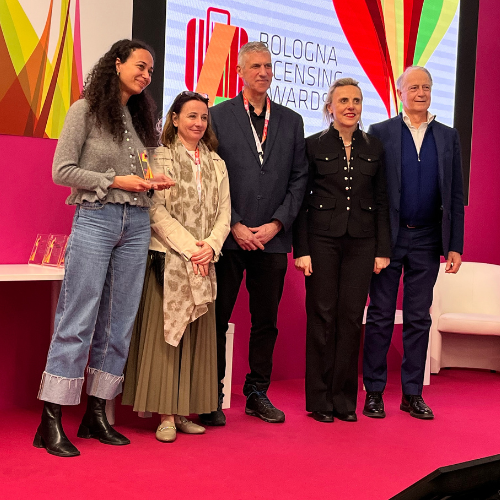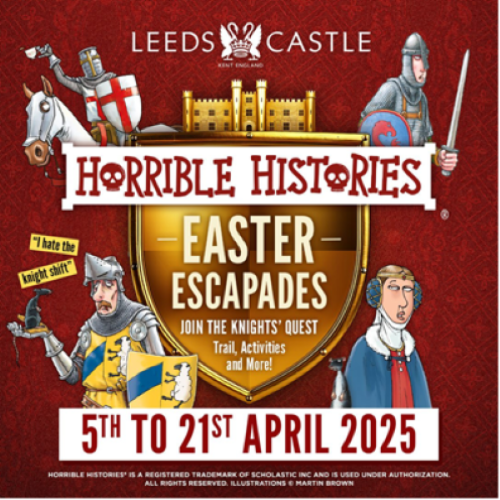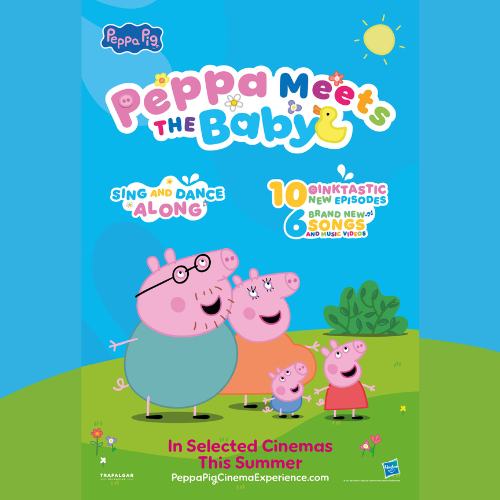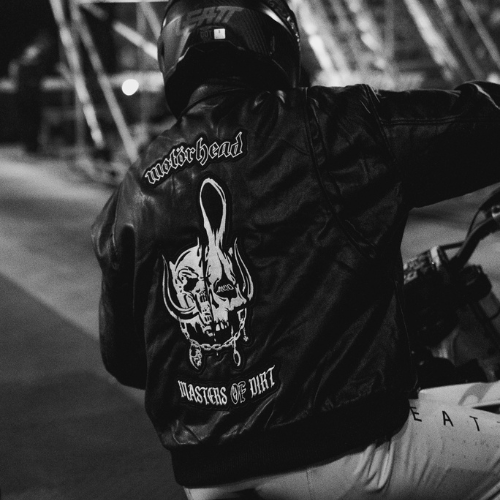Golden Goose’s Adam Bass on what classical music and brand licensing have in common.
When you buy tickets for a performance of a Bach violin concerto, you pay to hear a work of stunning, but temporary, beauty. The soloist may take the applause but it’s Bach who inspired the work. Similarly, brands inspire products and live on long after it has been consumed. As Bach can be interpreted by many musicians, brands can be also be interpreted by many different manufacturers.
So, if you’re a manufacturer without an established, successful brand of your own, you can always learn how to play someone else’s.
Grade 1 Licensing
Once they understand that licensing is the process of one company using another company’s brand in exchange for a royalty, the first question a licensing novice will ask is “what percentage does the brand want as a royalty rate?”
In my 15 years of experience, this is NOT the most important question in any licensing negotiation. Licensing is the process of outsourcing a brand’s NPD in a product category in exchange for a small share of the revenue and 100% of the brand equity. In the throes of negotiation and product development, it’s easy to neglect the brand equity part of this equation, but brand equity is the reason for the licensing in the first place.
The financial and contractual elements of licensing are relatively simple. Broadly speaking, the manufacturer or ‘licensee’ develops a revenue forecast, both sides agree a royalty rate and, usually, a proportion of forecast royalty that is payable as a guaranteed amount per annum – these figures, along with a number of restrictions and obligations make up the core of an agreement in which the brand owner or ‘licensor’ grants the rights to their trademark in a particular category and territory to the licensee.

Preparation
If you are looking to become a licensee, the top three things you can do to prepare are:
- Draw up a list of target brands, consider their merits and their positioning. Consider visualising product in order to help your thinking.
- Prepare a realistic volume and revenue forecast: new branded products achieve great stand out on shelf, they are not magic beans.
- Gather retailer feedback, being careful not to promise a particular brand. Take buyer interest with a pinch of salt.
Execution
As a newbie you should probably focus on companies that have licensing experience. Brands that have never licensed will cost you a lot of money in product mock-ups and meetings to secure stakeholder buy-in before you are granted the rights to their precious IP (Intellectual Property). In addition, the corporate lawyer will probably include a lot of very aggressive clauses in the contract out of fear of the unknown.
There are three elements that need to align in order to deliver a successful licensed product. The legal agreement, the product and the marketing.
Avoid over-engineering
Licensing projects are generally led by optimists who believe in the invincible power of brands to convey trust. Brands need multiple iterations to get it right however. Excited manufacturers with first time access to the brand have a dangerous tendency to over-invest in the product, while the high price of the product is dangerously overlooked.
When we partnered with a company to launch a Men’s Health Beef Jerky it was the lowest salt, lowest sugar on the market, retailing at nearly £3 for 50g. This product has achieved fantastic press coverage and distribution, however we know that the next variant, slightly cheaper with a tiny bit more sweetness, will sell even more.

Avoid under-engineering
Brands help achieve sell-in but products achieve sell-through. When we launched a scone with a famous tea brand, we weren’t able to achieve a tea-flavoured scone that didn’t have a tannin after-taste that led to a dry mouth after 20 minutes. This meant that our scone was just the same as other scones. We sold a lot of them to begin with, but consumers traded back to their original scone when they realised there was no brand benefit. Having said that, in slower moving categories – like torches – we have seen licensed products outsell their non-branded equivalent by a factor of 6 to 1, even at a higher price.
Remember to launch
With all involved in developing the product spending, typically, a year before it appears on shelves, it’s easy to forget that the consumer hasn’t seen the product and that it will need a significant launch marketing budget if it is to succeed.
Distribution is branding
If the brand owner believes that it should be on a par with Rolex while you want to sell licensed watches to Argos, it may be best to reconsider the licence. This was true of the Calvin Klein licensee Warnaco, which found itself on the end of a $million legal challenge when it started selling the famous brand through Costco.
Think long-term
Licensing activity should begin over a year ahead of the retail window, leaving time for product development, product approval, contract development and retail sell-in. If you are in a fast moving, fast changing market, you are probably too late, by the time you have secured your brand, the market may have moved on.
The advantage brands have over private label is that they tend to make better plans because they think longer term, so start to think like a brand, even before you have one to offer.
Think of yourself as the violinist playing Bach… the last thing you want is an empty auditorium, but at the same time, no one wants to hear you learn to play the violin from scratch. It’s worth sticking with it though because, when it works, licensing allows retailers, marketeers, brand owners, manufacturers and consumers to work in perfect harmony.
This feature originally appeared in the autumn 2017 edition of Licensing Source Book. Click here to read the full publication.

































